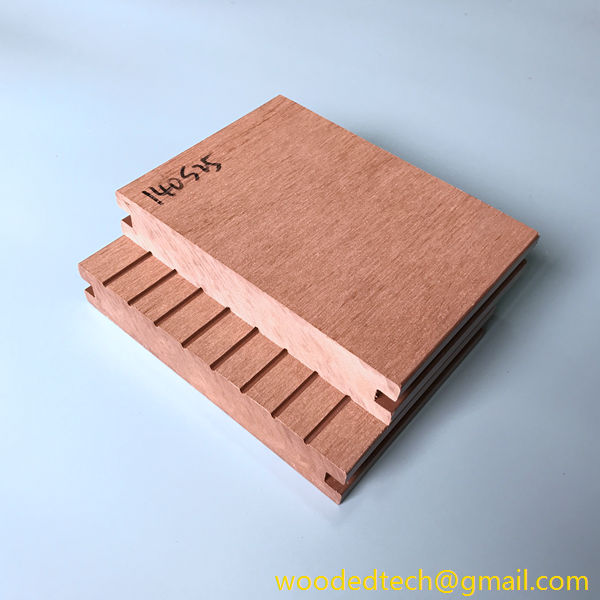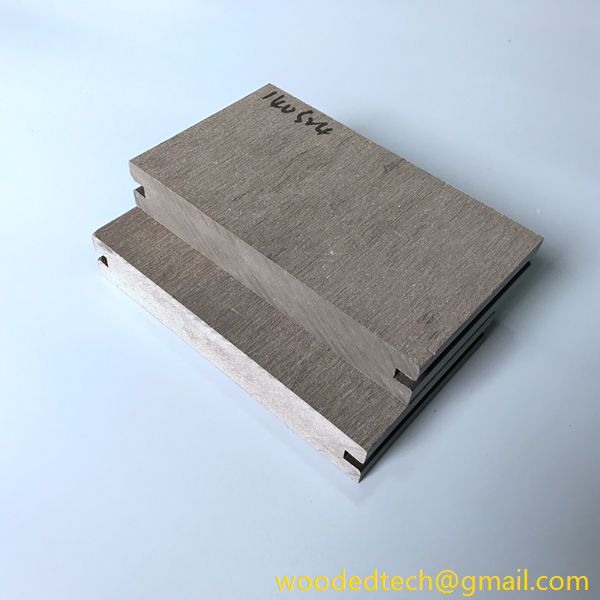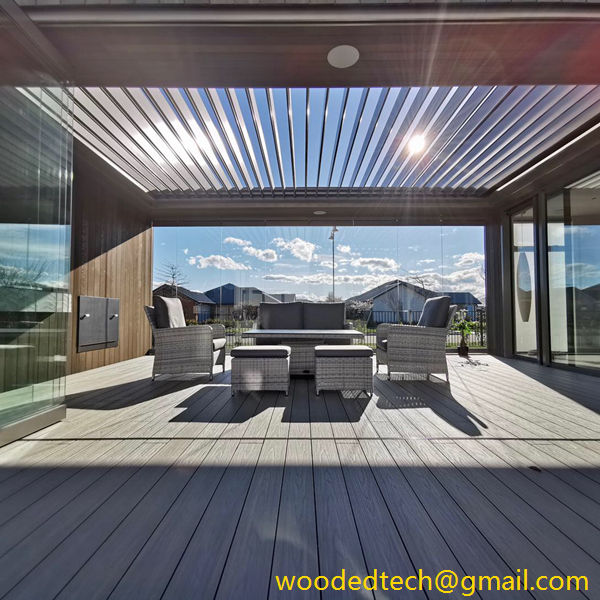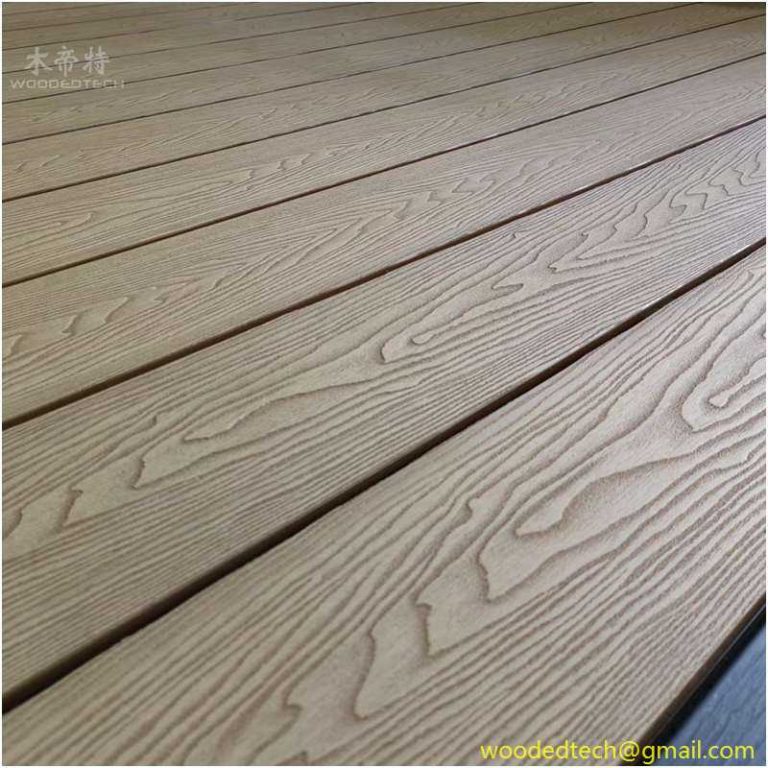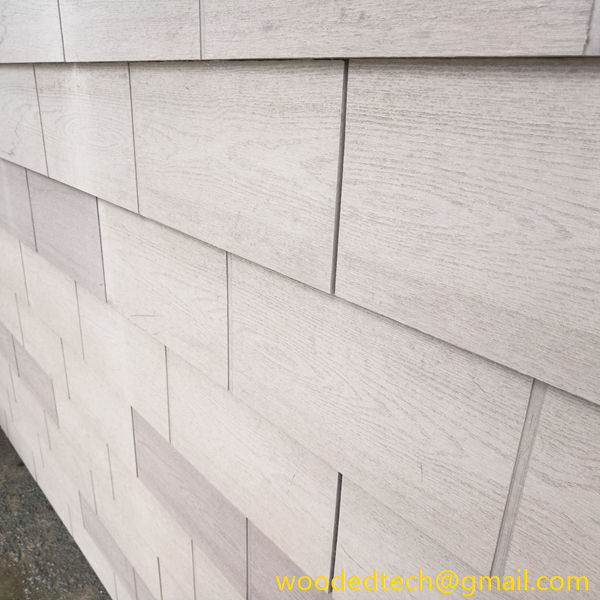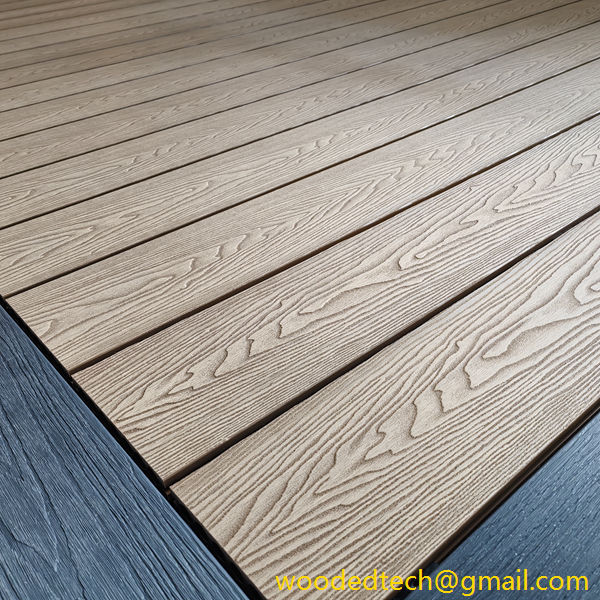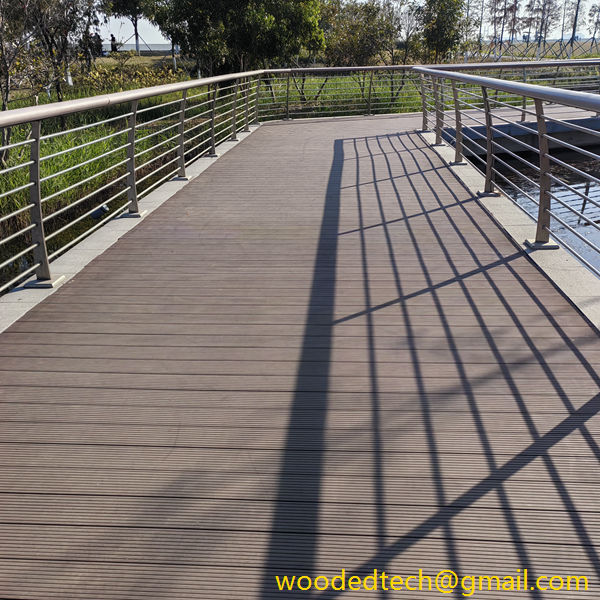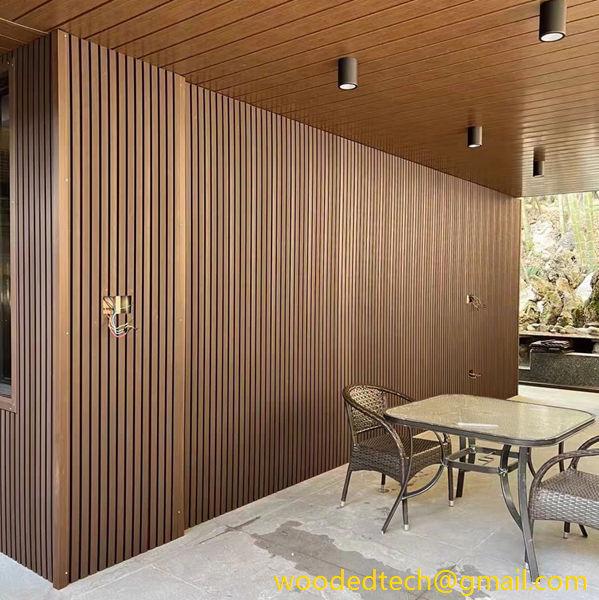Designing Composite Wood Deck Wall for Aesthetic Appeal
Designing Composite Wood Deck Wall for Aesthetic Appeal In recent years, the demand for composite wood materials has surged in the construction and landscaping industries, particularly for outdoor spaces. Homeowners and designers alike are drawn to composite wood due to its versatility, durability, and aesthetic appeal. One of the most innovative applications of this material…
Designing Composite Wood Deck Wall for Aesthetic Appeal
In recent years, the demand for composite wood materials has surged in the construction and landscaping industries, particularly for outdoor spaces. Homeowners and designers alike are drawn to composite wood due to its versatility, durability, and aesthetic appeal. One of the most innovative applications of this material is the design of composite wood deck walls, which can enhance the beauty of outdoor living areas while providing practical benefits.
Composite wood is made from a blend of wood fibers and plastic, resulting in a material that combines the natural look of wood with the resilience of synthetic materials. This unique composition allows for a range of customizable options that can cater to various aesthetic preferences and functional requirements. When it comes to designing deck walls, the possibilities are nearly endless, making it an ideal choice for creating visually striking outdoor environments.
One of the primary advantages of using composite wood for deck walls is the ability to customize the appearance. Homeowners can choose from a wide variety of colors, textures, and finishes. This flexibility allows for seamless integration with existing architectural elements and landscaping, ensuring that the deck wall complements the overall design of the home. For instance, a sleek, modern home may benefit from a smooth, dark-stained composite wood wall, while a rustic cabin could be enhanced by a weathered wood finish that mimics the look of aged timber.
In addition to color and texture, the design of composite wood deck walls can also incorporate various patterns and layouts. Vertical or horizontal slats can create different visual effects, making the space feel taller or wider, depending on the desired outcome. Designers can also experiment with different spacing between the slats to create a more open or enclosed feel. For an added touch of creativity, composite wood can be used to create geometric shapes or custom designs, transforming an ordinary deck wall into a stunning focal point.
Beyond aesthetics, composite wood deck walls offer practical benefits that contribute to their growing popularity. One such advantage is durability. Unlike traditional wood, composite wood is resistant to rot, insects, and fading, ensuring that the deck wall maintains its appearance and structural integrity over time. This longevity is particularly important in outdoor spaces, where exposure to the elements can take a toll on materials. Homeowners can enjoy the beauty of their deck walls without the constant need for maintenance or replacement.
Another practical consideration is sustainability. Many composite wood products are made from recycled materials, making them an environmentally friendly choice for those looking to reduce their ecological footprint. By opting for composite wood, homeowners can create beautiful outdoor spaces while supporting sustainable practices. Additionally, the energy required to produce composite materials is often lower than that of traditional wood, further contributing to their eco-friendliness.
The design of composite wood deck walls can also enhance the functionality of outdoor spaces. For instance, these walls can be used to create privacy screens, shielding outdoor living areas from neighbors or street views. This added privacy can transform a deck into a serene retreat, allowing homeowners to enjoy their outdoor space without feeling exposed. Moreover, composite wood walls can be integrated with built-in seating, planters, or lighting, creating a cohesive and multifunctional outdoor environment.
Lighting plays a crucial role in the overall aesthetic of outdoor spaces, and composite wood deck walls can be designed to incorporate various lighting elements. LED lights can be installed along the edges of the wall or within the slats, casting a warm glow during evening gatherings. This ambient lighting not only enhances the visual appeal but also improves safety, allowing for enjoyable use of outdoor spaces after sunset.
Furthermore, the integration of greenery and landscaping with composite wood deck walls can elevate the aesthetic even further. Vertical gardens or trellises can be attached to the walls, allowing climbing plants to flourish and create a natural backdrop. This fusion of natural elements with composite materials results in a harmonious balance that promotes relaxation and connection with nature.
In conclusion, designing composite wood deck walls presents a remarkable opportunity to enhance the aesthetic appeal of outdoor spaces. With a wide range of customizable materials, textures, colors, and patterns, homeowners can create unique environments that reflect their personal style and complement their existing landscape. The durability, low maintenance, and sustainability of composite wood make it an ideal choice for outdoor applications, allowing for long-lasting beauty and functionality.
Whether serving as a privacy screen, a decorative backdrop, or a multifunctional element integrated with seating and lighting, composite wood deck walls offer limitless possibilities for design. By embracing this innovative material, homeowners can transform their decks into beautiful, inviting spaces that encourage outdoor living and relaxation. As trends continue to evolve, composite wood will remain a staple in the design of outdoor environments, combining aesthetic appeal with practicality for years to come.

